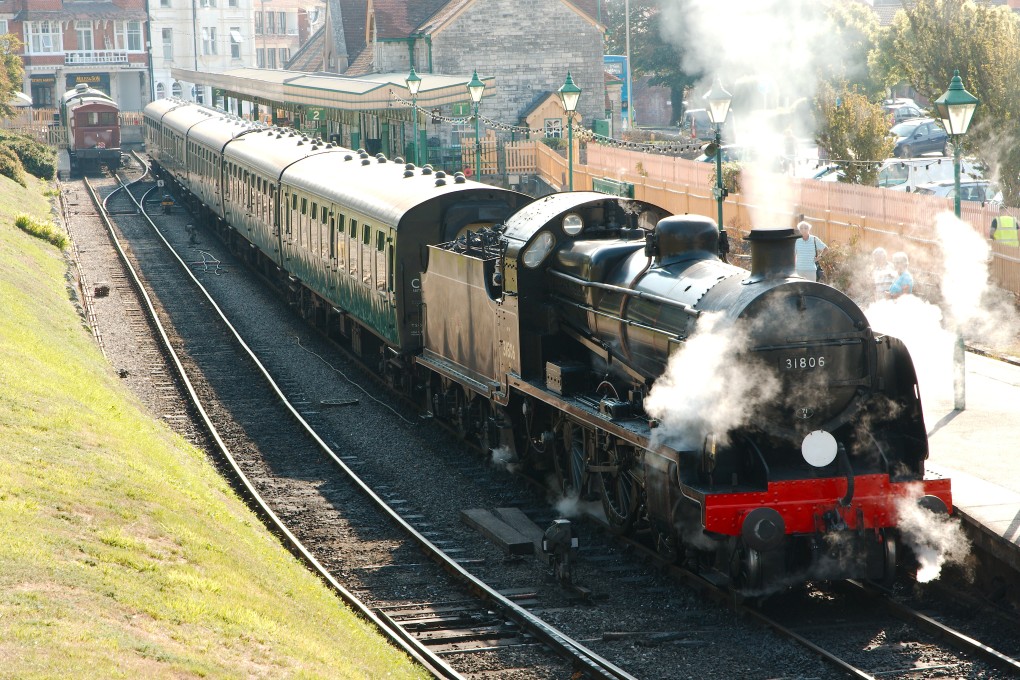Your career plans may not yet include driving a steam train, but young people are needed to keep the industry alive
A Siemens rolling stock engineer volunteers as a driver, attracted by both the history and heritage, and the people from all walks of life who are involved

Nathan Au began volunteering on the Swanage railway at the age of 17. Ten years on, he is a fully fledged driver and he loves being at the controls of the great steam and diesel engines that trundle through the Dorset countryside.
“It’s lovely to work on these really elegant old heritage machines,” he said. “They’ve all got their quirks – even engines of the same class behave in different ways. You have to learn to know what they like and what they don’t want.”
Heritage railways across Britain attract millions of visitors and passengers a year but a shortage of young volunteer drivers such as Au is worrying the industry.
The Swanage railway in Dorset has 42 drivers. The oldest is 79 and the youngest is Au at 27. As the older ones step down from the footplate for the last time, there is a dearth of younger people ready to jump in. The shortage means the railway draws in people from far and wide: one driver comes from the east Midlands; another enthusiast travels all the way from Preston, in Lancashire.
“It’s a problem across the nation,” said Au, from Poole in Dorset. “The generation of British Rail drivers who worked on steam is going. The big challenge is to get young people interested in the preservation side of it.”
The career progression is the same as it was in the golden age of steam. “You start as a cleaner, getting to know the locomotives, the engine, the parts, the drivers. After a couple of years you may become a fireman and then eventually a driver. It’s very structured.”
The variety of the engines that Au drives through the Isle of Purbeck countryside is a thrill for him. The minimum number of shifts a driver has to do is 15 a year. When he was a student, Au did 80, and now he manages between 20 and 30. “The more time you put in, the faster you progress,” he said. His day job is also connected to the railways: he is a rolling stock engineer with Siemens.
